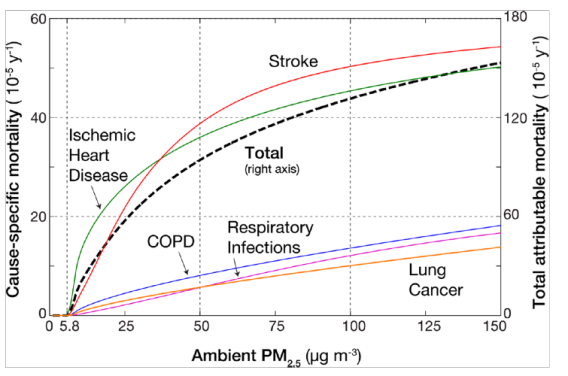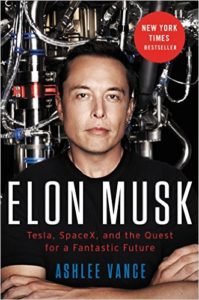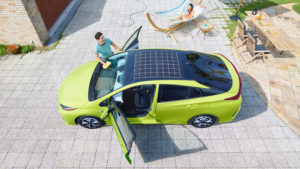The need for platooning to make the economics of electric semis work. I’ve heard that a test of something like this will be part of the Columbus Smart City pilot.
Category Archives: Energy
Energetic 20171012
The four main trends affecting the electric industry. I would include the decoupling of total electricity demand and utility revenue.
GM to bring 20 all-electric cars to market by 2023. Note that “to market” may indicate different countries. Don’t expect the cars released in China to be the same as those in the US.
Shell Executive Describes Inevitable Transition to Carbon-Free Energy. “Shell’s CEO Ben Van Beurden recently said that with the right mix of policy and innovation, he sees global demand for oil peaking in the early 2030s or sooner — and that his next car will be electric.”
Energetic 20171005
Will it clean the streets as it drives?
Power production costs on a decreasing trend. Cheaper natural gas, more renewables.
For Corporations Acquiring Renewables, It’s Not All About Price. That’s reasonable. This is not: “Energy and utility companies were the least likely industry to say their company would be more assertive in acquiring renewables in the next two years. Only 37.5 percent of those companies said they wanted to become more aggressive in purchasing renewable energy.”
Marginal health costs of microscopic particulate matter may be decreasing in their density in the air. This is opposite of what you probably expect. It means that the greatest health benefits (per person) may be had by decreasing PM2.5 in areas where it is already low. Taking into account the fact that populations are highest in Indian and China, where PM2.5 is high, it may still be most worthwhile to decrease levels there.
Book Review – Elon Musk
Thanks to Brian Bergman for the guest book review!
Elon Musk: Tesla, SpaceX, and the Quest for a Fantastic Future
by Ashlee Vance, 2015
After watching Elon Musk’s conversation with Chris Anderson at TED2017 in April, Ashlee Vance’s timestamp book on him and his various pursuits rocketed (yes, I just did that) to the top of my “To Read” list. This quick read – about 300 pages – chronicles Elon’s personal life, his involvement and success with PayPal, and his work to launch Tesla Motors and SpaceX (with greater emphasis on the latter). Through interviews with Musk, his family, close friends, colleagues, and enemies he’s made along the way, Vance does a nice job of blending these perspectives and narratives with the technical details of what Musk and his companies are trying to accomplish. The book is full of entertaining and thought-provoking stories – Musk’s anger and response when learning another US automaker took the rights for “Model E,” how the Tesla team dismantled a Lotus and Mercedes CLS to design their cars, the modular design of SpaceX rockets, the list goes on.
Elon certainly gets his fair share of praise from the press and his cult of followers. Upon reading Vance’s book, it is hard for one not to appreciate Musk, not only for his ambition, but for the very sophisticated scientific/technical command he has over what his companies are trying to do. A bit dated now, this book is still a great window into the life of a unique person building some of the most disruptive companies of the early 21st century.
Energetic 20170928
Chance of a solar panel tariff.
Solar power to protect military installations.
In a sense, stationing diesel-fueled generators outside key buildings to provide emergency power is a start down this path. But fuel supply lines can be disrupted too, so renewable energy is best for a long-lasting solution. Solar photovoltaic systems, which generate electricity directly from sunlight, are best because they are easy to maintain, can be located almost anywhere and don’t need to be refueled.
Energetic 20170921
Nuanced view of whether or not the U.S. should try to bury more power lines.
Should the demand response baseline be raised in heat waves? Shouldn’t you be expected to use more power than average when the temperature spikes?
One utility wades in the distributed energy resources (DER) pool.
Energetic 20170914
Energetic 20170907
Would you have to leave your car in the sun to charge all day? And here’s part 2.
The DOE study found cheap natural gas to be the greatest driver of baseload power plant retirements, followed by flat power demand, environmental regulations and the growing penetration of renewables on the grid. Perhaps most notably, the study did not find renewables to be a threat to grid reliability.
Duke Energy having trouble building anything other than renewable power in North Carolina.
Energetic 20170831
Energetic 20170817
Bigger and bigger wind turbines.
Whereas 82 percent of offshore turbines ordered between 2001 and 2005 were under 3 megawatts, today there are no machines of that size on order.
Instead, 71 percent of orders are for products 5 megawatts or greater, and 16 percent are for turbines of 8 megawatts or greater. “Despite long project cycles and R&D timelines, commercial demand continues to favor the largest turbines,” says the report. “The next generation of 12-megawatt-plus turbines will gain market share within the next five years.”


